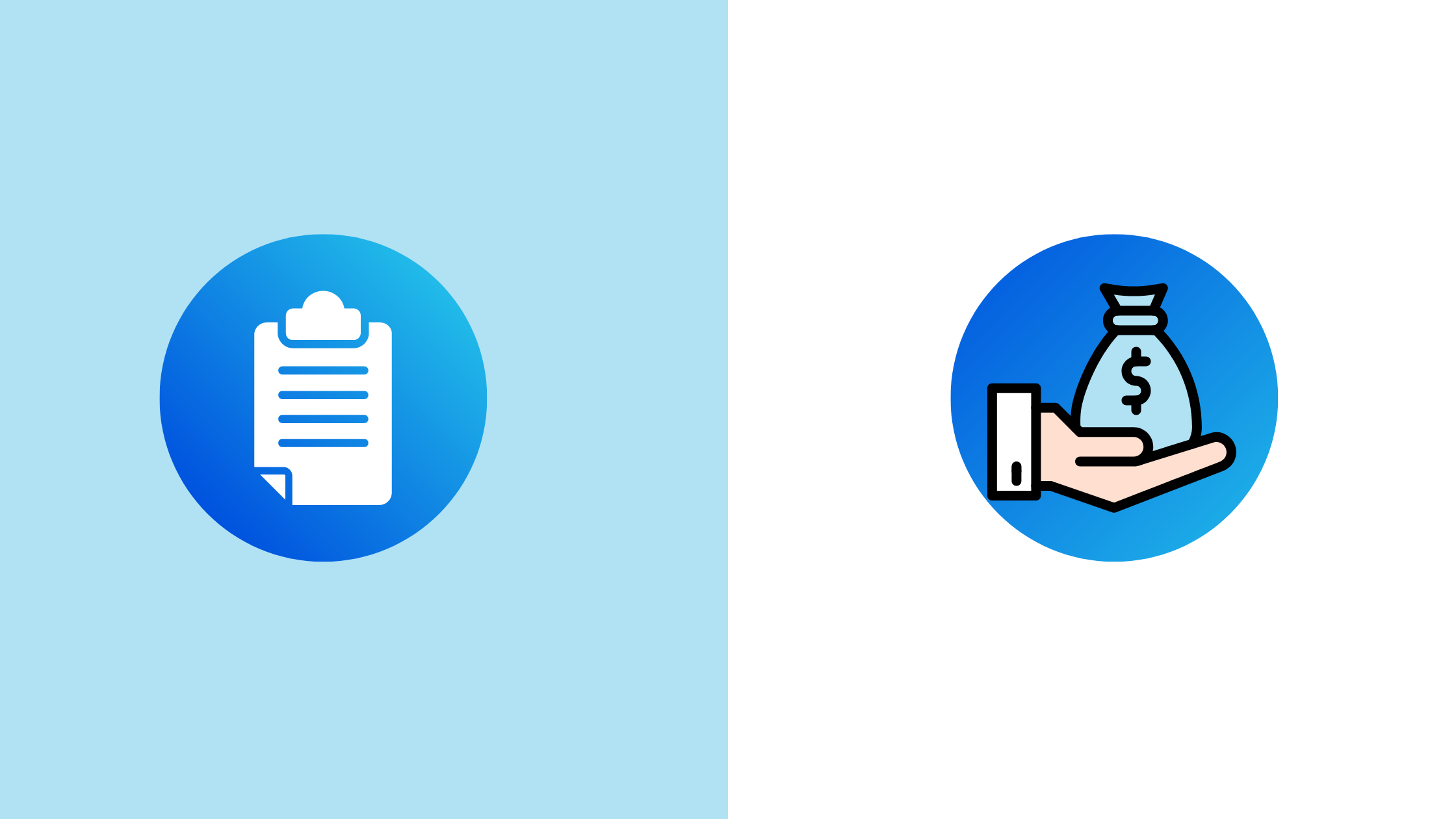Fintech Loans or Invoice Finance?
Why Invoice Finance might be the superior choice for some businesses
The speed in funding and greater flexibility regarding usage are two of the standout features of fintech loans or unsecured business loans. For businesses seeking a quick cash injection, this boost in working capital may open the door to business opportunities and growth. However, the ongoing repayments once the cash has been used up can cause significant cash flow concerns. For businesses providing goods and services on credit terms, there might be a much cash-flow-friendlier solution!
The rise of the Fintech Loan
Fintech loans have become a popular source of capital, with various players fighting for market share. For businesses seeking fast, unsecured business loans, there is no shortage of loan suppliers. Considering banks have tightened their ‘lending belts’, the fintech loan market is growing rapidly.
A fintech loan can provide an injection of cash without the business having to pledge assets or property to the lender as security. However, this may not be the case for business loans higher than a certain threshold (often around $50,000), where the lender requires a charge over the business's assets.
Prospective lenders will consider trading history, turnover and credit history to work out the appropriate interest rate, loan amount and term of the loan. They'll collect and analyse financial data by scraping information from bank statements and occasionally by integrating with online accounting software. By crunching this data through their credit algorithms, lenders can quickly make credit decisions with business owners accessing cash within 24 to 48 hours of applying.
The term of these loans can range from three months to three years and repayments are generally made through direct debit on a weekly or monthly basis.
Potential issues with Fintech Loans
It is undeniable that gathering and crunching borrower data through clever credit algorithms to provide businesses with fast funding is brilliant and has an important place in the economy. The speed and accessibility of unsecured business loans do come at a premium though.
Firstly, the lack of collateral taken against unsecured business loans contributes to borrowing rates being relatively high. This is to compensate the lender for the additional risk they are taking on by lending without any collateral to fall back on in the event the business defaults on the loan.
Secondly, fintech loans can be rigid and inflexible for business owners — once the injection of cash has been utilised, they’re stuck with regular repayment amounts that can sometimes become suffocating.
How does invoice financing compare?
Invoice financing allows a business to access cash from invoices they’ve issued to their customers. Instead of waiting 30, 60 or even more than 90 days for their customers to pay thier invoices, they can access the cash as soon as the invoice is issued! By unlocking cash from unpaid invoices, the funds can be invested back into the business sooner, often generating income far exceeding the cost of financing.
Invoice financing gives the borrower more control over their business cash flow — they don’t have to wait for customer payments to be able to utilise the cash and they don’t need to worry about making regular repayments. Invoice finance is repaid once the customer pays their invoice — not through regular direct debits.
Flexibility is another feature of invoice finance, as business owners can choose to draw funds against the whole accounts receivable ledger, selected customers or even just single invoices.
The accounts receivable ledger is commonly the most valuable asset on a small business's balance sheet. By using this asset as security for invoice finance, it removes the need to pledge property as collateral, and the cost of finance is generally less than unsecured business loans.
How does invoice financing work?
Just like the unsecured business lenders, modern invoice finance providers are getting smarter at gathering and analysing data. Integration with cloud accounting platforms like Xero, MYOB and QuickBooks provides live invoice data to lenders and helps business owners and bookkeepers keep their books in shape.
Invoice finance providers generally advance up to 80 per cent of the value of invoices upfront and when the invoice is paid, the remaining amount is returned to the borrower, less any interest or fees for the loan facility.
Fintech Loan or Invoice Finance?
It really comes down to the purpose of the loan and the overall business goals and objectives.
If a business needs a one-off cash injection to get off the ground or purchase a piece of equipment, then an unsecured business loan could potentially work, as long as there is consistent cash flow to support loan repayments, and the business is happy to accept the interest rate that comes with the fintech loan.
If a business is more established, has a strong accounts receivable ledger and would like to bring forward some cash to use for growth, then the flexibility of invoice finance could be just what the business needs.
Attention finance brokers
If your business clients have fintech loans, it’s a good idea to check in with them to see how their cash flow management is going. While a lump sum of cash can play a big role in generating revenue and business growth, it doesn’t mean the business will be immune to cash flow problems once the cash has been burned up. Upgrading your clients to invoice finance could be the answer.
